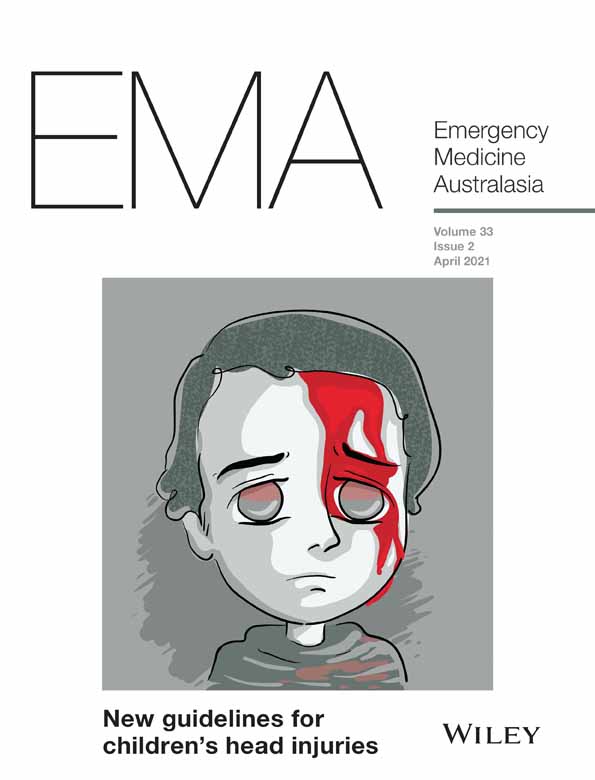Lost bed capacity in emergency departments: A descriptive analysis and data visualisation exploration
Abstract
Objective
To map utilisation of bed resources within an ED over time, in order to determine the proportions of patient stay spent receiving emergency care versus non-emergent care. To produce visualisations that effectively convey this bed utilisation.
Methods
This was a retrospective cohort study using routinely collected administrative data, derived from the ED electronic health record (FirstNet; Cerner, North Kansas City, MO, USA), on all patients presenting to a single tertiary-level ED during a 1-month period and who were triaged to an acute area bed in order to undergo their emergency care. Resuscitation, subacute, fast track and paediatric area patients were excluded from analysis as firstly, in our institution the acute area processing appears to contribute most to barriers to patient flow and secondly, using acute area patients allowed us to approximate standardisation of acuity. Lost bed capacity (LBC) was defined as the time spent in an ED bed after an emergency clinician indicated that they were ready to depart the ED, as recorded in the electronic medical record.
Results
The overall proportion of time spent in an ED bed after completion of emergency care was 38.5% (interquartile range 21.8–47.2%). This time differed significantly between ‘discharged’ (1 min), ‘admitted-ward’ (72 min) and ‘admitted-critical care’ (110 min) groups. This was clearly revealed in our novel LBC heatmaps.
Conclusions
A considerable proportion of ED length of stay is because of patients remaining in an ED bed after their emergency care is concluded. Absolute time is much greater for admitted patients than for discharged patients, and therefore efforts to reduce LBC are likely to reduce overall ED length of stay. LBC heatmaps may provide an intuitively useful, potentially automated tool to understand these problems.
Open Research
Data availability statement
Data available on request due to privacy/ethical restrictions.




